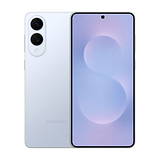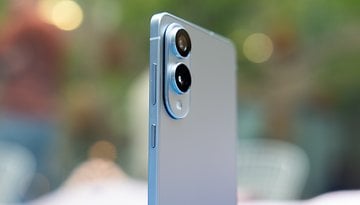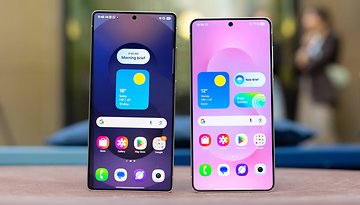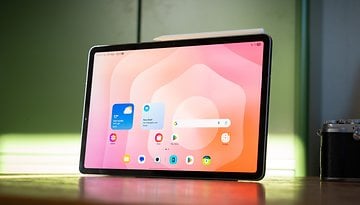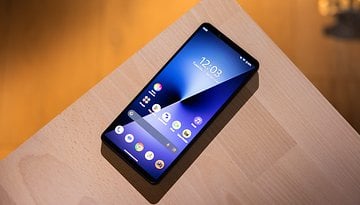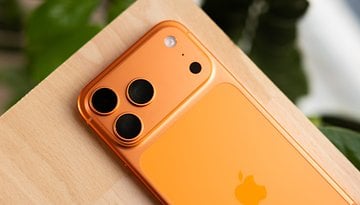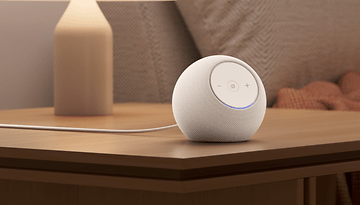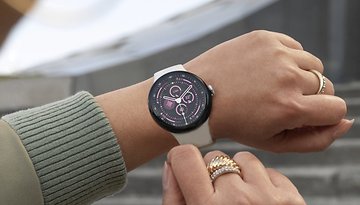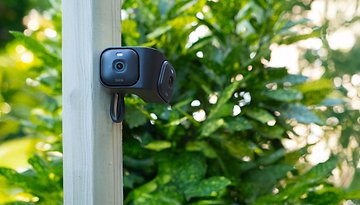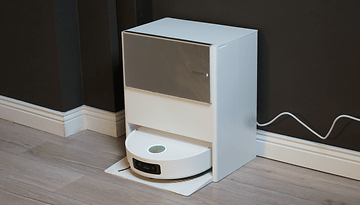5.8 mm Thin: This is the Samsung Galaxy S25 Edge
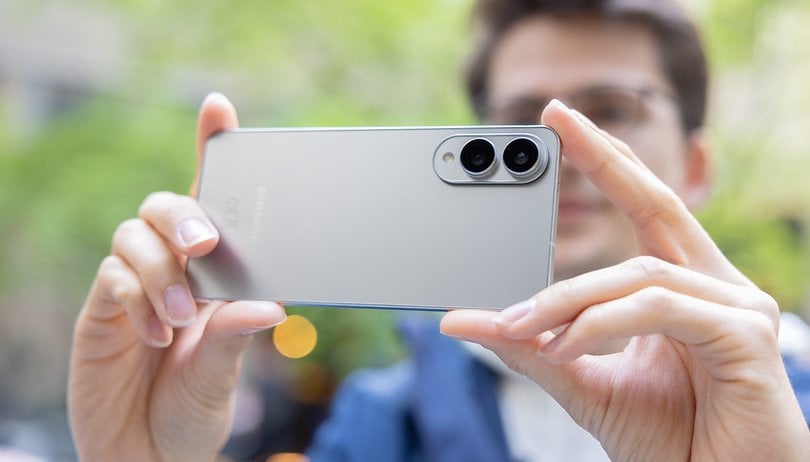

With a body that measures just 5.8 mm thin, the new Samsung Galaxy S25 Edge is one of the thinnest smartphones ever. It does so without sacrificing its top-notch, high-end features. Samsung also installed a Snapdragon 8 Elite SoC, a 3K display, and a 200-megapixel camera in the super-slim body. However, what kind of compromises do you have to accept for the extremely thin chassis? We took a look at the smartphone in a hands-on experience.
Good
- Super-thin design
- Very light and yet robust
- Excellent display
- Powerful Snapdragon processor
- Exemplary update support
- Waterproof
Bad
- Below-average battery life
- No telephoto camera
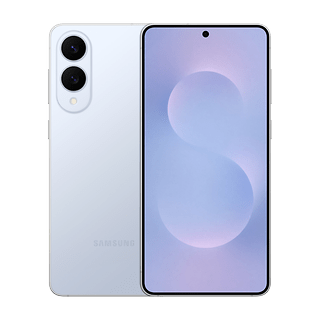
Samsung Galaxy S25 Edge design and build quality
Even if the 2.4 mm difference to the S25 Ultra appears marginal in terms of technical specifications, the Galaxy S25 Edge looks much slimmer when held. The lighter weight of just 163 grams is particularly noticeable. In comparison, the S25 Ultra weighs in at 218 grams.
Samsung offers three color variants: Titanium Icy Blue, Titanium Silver, and Titanium Jet Black. As befits a premium smartphone, the workmanship is first-class. The front and back are made of glass, while the titanium frame provides additional robustness, making it identical to the Ultra model. Gorilla Glass Ceramic 2 is used on the display for the first time to improve protection against scratches and breakage. The back is made of Victus 2 glass with a matte finish, while IP68 certification protects the device against dust and water.
If you want additional peace of mind, you can choose one of the official Samsung cases. These have been specially developed to preserve the slim design of the smartphone in the best possible way.
Display and performance
In terms of technical specifications, the Galaxy S25 Edge is almost identical to the S25 Ultra. Here too, Samsung relies on the Snapdragon 8 Elite SoC in combination with 12 GB of RAM. In initial benchmarks, the device achieved an impressive 2,358,000 points, exactly the same as the S25 Ultra. And even in a 45-minute stress test, which simulates a permanently high load, the performance does not falter. Samsung seems to have done a good job of cooling the extremely thin smartphone.
The display also remains top-notch. It uses the same 6.7-inch AMOLED panel as the Galaxy S25 Plus with 3K resolution, 120 hertz refresh rate, and a high peak brightness of 2,600 nits. With its vivid colors, first-class viewing angles and razor-thin display edges, it is in no way inferior to the other models in the Galaxy S25 series.
Samsung Galaxy S25 Edge camera
Despite the ultra-thin chassis, the same 200 MP main camera of the Galaxy S25 Ultra is used here, equipped with a fast f/1.7 aperture and optical image stabilization. For the ultra wide-angle camera, however, Samsung uses the module from the Galaxy S25 Plus, which has a 12 MP resolution and an integrated macro function. In an initial practical hands-on, there were no differences detected in terms of quality between the main camera and the ultra wide-angle.
However, the S25 Edge does not have an optical zoom, which is a result of its extremely slim design. Periscope cameras with 3x to 10x magnification pose a technical challenge even for regular flagships and are simply not feasible in a chassis that is only 5.8 mm thin. Instead, the high resolution of the main camera enables a digital zoom to make up for its shortcomings. Results should remain solid up to 3x, beyond which the image quality decreases visibly. The maximum possible digital magnification is 10x.
Samsung Galaxy S25 Edge battery
A potential weak point of the Galaxy S25 Edge is the battery capacity. In order to achieve the ultra-thin design and lightweight nature, Samsung has reduced the capacity to 3,900 mAh, which is significantly less than the usual 5,000 mAh in this device class. Only the full practical review will show what kind of impact this has on the actual battery life. Initial estimates suggest a runtime that is around 25 percent shorter. Nevertheless, important convenience functions are retained: The device supports wireless charging as well as reverse wireless charging, where the smartphone serves as a wireless charging pad for other devices.
The decision against using silicon-carbon batteries, which are already being used by Chinese manufacturers, remains a missed opportunity for innovation. This technology enables up to 25 percent more capacity while maintaining the same size and weight, an advance that would have benefited the Galaxy S25 Edge.
Price and availability
The Samsung Galaxy S25 Edge will be available in the US from the end of May onwards for $1,099 a pop or €1,249 over in Europe for the basic model with 12 GB of RAM and 256 GB of internal memory. If you need more space, you can opt for the 512 GB version, but you will have to fork out an additional €120. However, Samsung is offering a limited-time promotion: Until May 29, buyers will receive the larger capacity model at no additional cost.
